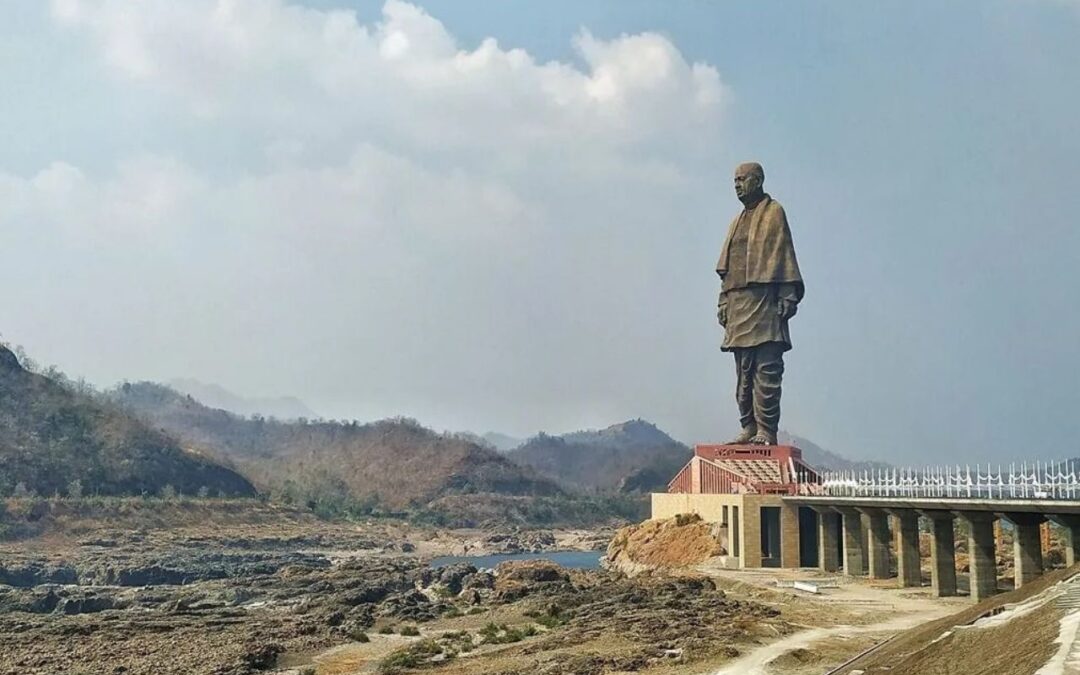Synopsis: Gujarat is witnessing rapid infrastructure growth through numerous mega projects that will strengthen the state in the coming years. As India’s industrial backbone, it is developing sustainable, world-class urban models that exemplify progress and globalization.
Gujarat is among India’s most industrialized states, priding itself on its world-class infrastructure, enabling tariffs and taxes, and convenient geographic location. Also serving as the foundation for mega-projects across smart cities, ports, highways, renewable energy and global finance made Gujarat a gateway to the future economic landscape of India.
The Vision of Gujarat’s Mega Projects
Gujarat’s mega-projects focus on the Indian government development plan for industrial corridors, efficient logistics, green energy and smart urbanization. Projects such as the Vibrant Gujarat Summit, which coincide with regional development under the framework of the Indian government’s “Make in India”; India’s National Infrastructure Pipeline; and the Amrit Kaal 2047 development goal. The emphasis is on sustainability, inclusive contributing to industrial development and working towards a future ready economy that is magnetically appealing to investments globally.
Key Mega Projects Driving Gujarat’s Transformation
1. Delhi–Mumbai Industrial Corridor (DMIC) & Dedicated Freight Corridor (DFC)

- Purpose: Create a globally competitive manufacturing and trading hub, with modern infrastructure.
- Length and Route: DMIC is linked to the 1,483 km DFC route, of which DFC has approximately 38% of its length in Gujarat.
- Investment: Which includes several multi-billion-dollar industrial nodes. Gujarat is home to large proposed investment opportunities such as the Sanand, Dholera and Bharuch manufacturing and logistics economic zones.
- Features: Six logistics parks, world-class connectivity to the Port/Nodal Port, and multimodal freight facilities.
- Economic Impact: Expected that there will be upwards of 800,000 direct jobs created and an increase in industrial output up to three-fold in the region.
2. Dholera Special Investment Region (SIR) & Dholera International Airport
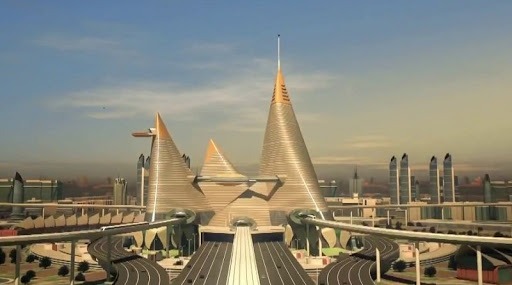
- Objective: Establishing India’s first planned greenfield smart city, designed to incorporate industrial, commercial, and residential sectors.
- Location: Close to Ahmedabad and connected to Mumbai and Delhi.
- Capacity and Infrastructure: Occupies more than 500 sq.km, encompassing renewable resources, smart utilities, and an international airport that can accommodate larger units of operation.
- Focus: Green infrastructure, principle industrial clusters, and comprehensive logistics corridors.
- Economic Role: Catalyse foreign direct investments along with regional urbanisation.
3. Mandal–Becharaji SIR
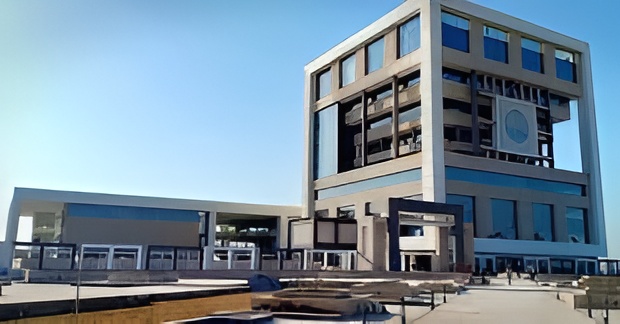
- Objective: A place for comprehensive auto and manufacturing investment in northwest Gujarat.
- Location and Area: This is located roughly between Ahmedabad and Mehsana, and is roughly 530 sq.km in area.
- Key Industries: Automotive manufacturing (e.g. Maruti Suzuki, Honda), precision engineering and electronic manufacturing
- Infrastructure: Featuring dedicated industrial parks, logistics zones, and residential communities under planning.
- Connectivity and Economic Impact: Incorporates strong rail and road connections, and thousands of jobs already created with elements of the supply chain are already operational.
4. GIFT City (Gujarat International Finance Tec-City)

- Objective: India’s first operational international financial hub.
- Location and area: located between Ahmedabad and Gandhinagar, with a total area of 886 acres
- Key features: an SEZ, multi-services zones, fintech clusters, and centers for international finance services
- Connectivity: GIFT City is located within 12km of Ahmedabad International Airport, and is connected to regional transport connect, and to adjacent areas.
- Economic impact: GIFT City will attract major global financial institutions, and support cross-border financial services and other employment opportunities.
Also read: Top 5 Areas in Bengaluru with Highest Demand for Branded Residences in 2025
5. Ahmedabad–Mumbai High-Speed Rail (Bullet Train Project)

- Purpose: Lower journey time and enhance economic integration of Gujarat and Maharashtra.
- Distance and Speed: A track length of 508 km, supporting speeds of 320 km/h.
- Travel Time and Travel Type: The journey between Mumbai and Ahmedabad is expected to take less than 3 hours by electric high speed trains.
- Infrastructure Elements: Modern infrastructure will feature 17 river-bridges and modern signalling.
- Stations: The major stations along the route will be Sabarmati, Surat, and Vadodara.
- Impact: Enhanced business travelling, and regional connectivity, resulting in urban development and improved economy.
6. Development of Greenfield Ports
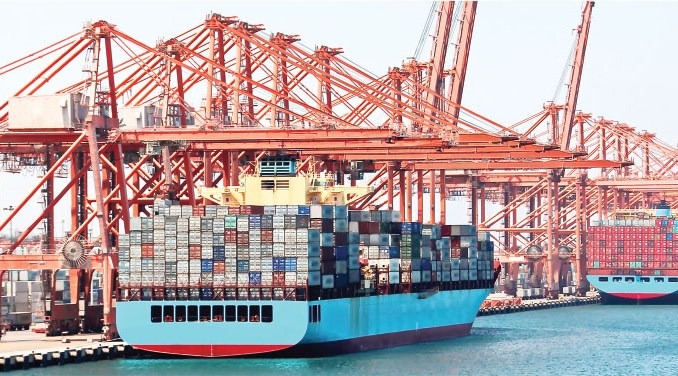
- Purpose: Develop 10 ports in Gujarat’s coastline to encourage maritime trade and logistics.
- Concept: Development of ports such as Nargol, Dahej and Kuchdi in the course of 25 years.
- Infrastructure Features: New port terminal, connectivity to industrial clusters and deep draft harbours.
- Economic Impact: Further strengthens Gujarat’s position in maritime and export logistics.
7. Coastal Employment Zone (CEZ)
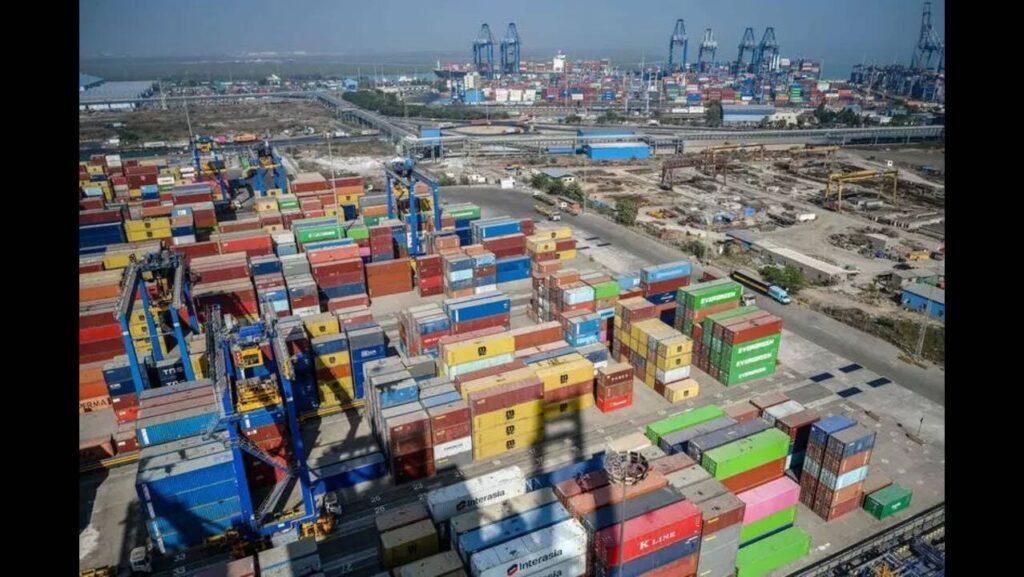
- Purpose: To promote port-led industrialisation and create coastal employment level.
- Location and Focus: Areas designated for the oil and gas supply chain industries in close proximity to key shipping entry points connected to: the petrochemical industry; marine cluster industry; apparel industry; automotive industry.
- Infrastructure: Plug-and-play estate with integrated access to port facilities and structures.
- Positive Impact: Contributes to the growth of the coastal economy in accordance with the Sagarmala Project.
8. Offshore Wind Farm Project
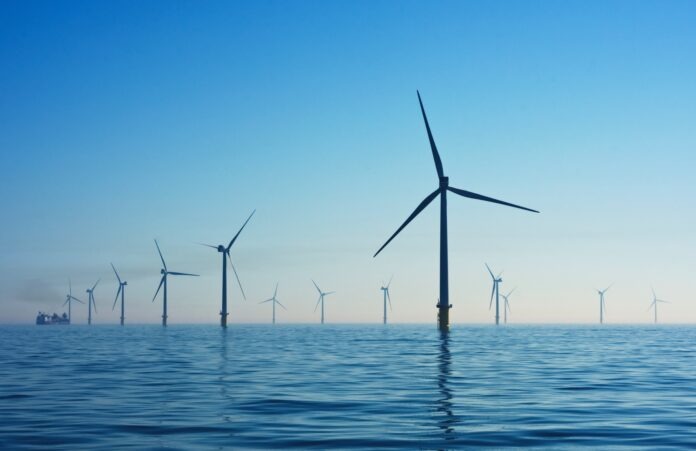
- Purpose: To establish India’s first offshore wind energy facility near Pipavav to support the energy transition to renewable energy.
- Capacity and Development: The wind farm will be scalable and forecasted to add significant energy generation to the energy mix for Gujarat.
- Impact on Economy/Strategy: Contributes to the acceleration of green energy transition, is aligned with national climate goals and will enhance/facilitate other coastline development.
Opportunities & Economic Benefits
- Attract foreign direct investment and promote exports.
- Generation of lakhs of direct and indirect jobs in logistics, construction, energy and real estate.
- Rapid urbanisation, establishment of supporting industries and enhanced livability and quality of life.
Conclusion
Gujarat is strategically positioned to be at the forefront for India as it assists in becoming a $1 trillion economy through its own planning and innovation strategies and becoming the growth engine and global business centre for India.
Written By Rachna Rajput

